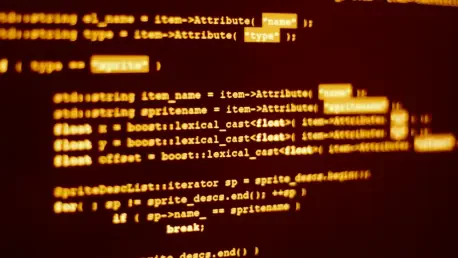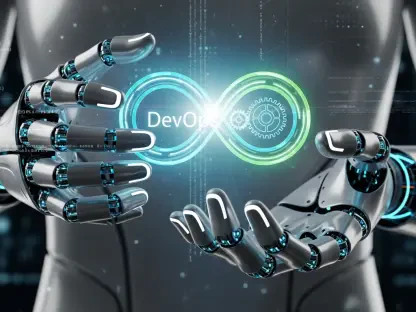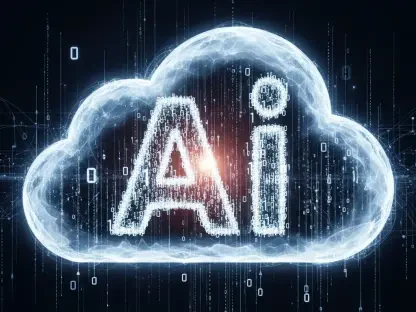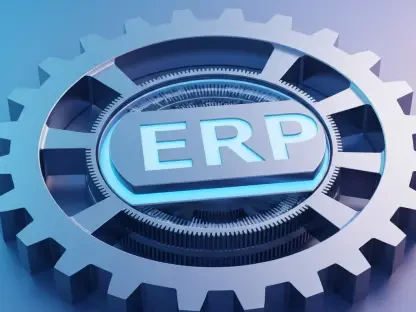Imagine a world where enterprise applications lag behind evolving technological landscapes. This scenario, surprisingly closer than one might think, challenges the adaptability of traditional Java frameworks in a rapidly advancing tech era. Jakarta EE 11, released by the Eclipse Foundation, responds to this challenge by setting a new standard, reshaping how data standards integrate within enterprise Java development.
The Strategic Shift in Enterprise Java
In the highly dynamic realm of enterprise Java, adaptability is crucial. With reports indicating that a staggering 61% of enterprises have turned to Java as their primary backend language, Jakarta EE 11’s release marks a pivotal moment. The significance of this new release lies in its ability to enhance performance and simplify processes, essential in maintaining Java’s dominance in a cloud-native world. In a time when transitioning toward cloud-native solutions and robust AI integration is non-negotiable, Jakarta EE 11 becomes indispensable. By aligning with these modern Java trends, it addresses pressing concerns like efficiency and scalability, presenting a forward-thinking approach to evolving development methodologies.
Unpacking the Innovations of Jakarta EE 11
Jakarta EE 11 introduces critical advancements, particularly through its Jakarta Data specification, targeting data access simplification and developer productivity. This correlates directly with a reduction in the persistence logic burden. Enhancements such as BasicRepository and CrudRepository streamline database interactions by adhering to CRUD functionalities. Furthermore, the introduction of offset and cursor-based pagination, along with an enhanced query language, contributes significantly to refining enterprise database operations.
Perspectives from Experts and Industry Leaders
Industry movers like Microsoft and IBM have heavily invested in the success of Jakarta EE 11. A Microsoft representative noted that their product supports Jakarta EE 11 on their Azure cloud platforms, underscoring a commitment to facilitating seamless Java runtime operations. On compatibility advancements, an Oracle expert highlighted efforts to integrate tools that enhance developer efficiency, emphasizing Jakarta EE 11’s adaptability. A valuable insight from a Jakarta EE Working Group member revealed how a streamlined certification process has already begun to assert industry impact with certified products, reinforcing confidence in the platform’s capabilities.
Navigating the Integration Process for Developers
For developers, integrating Jakarta EE 11 into existing Java applications calls for strategic adjustments. Embracing new concurrency enhancements, such as virtual threads, can significantly uplift application performance. Transitioning from earlier tools to efficient ones like JUnit 5 and Apache Maven opens the doorway to enhanced development workflows. These practices are essential in navigating Jakarta EE 11’s landscape, enabling developers to maximize the platform’s broad suite of features and improvements.
Charting the Path Forward
Jakarta EE 11 fundamentally reshaped enterprise Java development by fostering collaboration among industry leaders and driving innovation through modernized standards. It was more than a platform upgrade; it facilitated a robust ecosystem where efficiency, scalability, and cutting-edge development became accessible. As enterprises witnessed the platform’s transformative power, Jakarta EE 11 became a substantial player in modernizing Java applications. Moving forward, the industry’s focus is on continuous enhancement, looking toward future releases and extensive compatibility support to ensure enterprise Java’s legacy thrives in an ever-evolving technological landscape.









